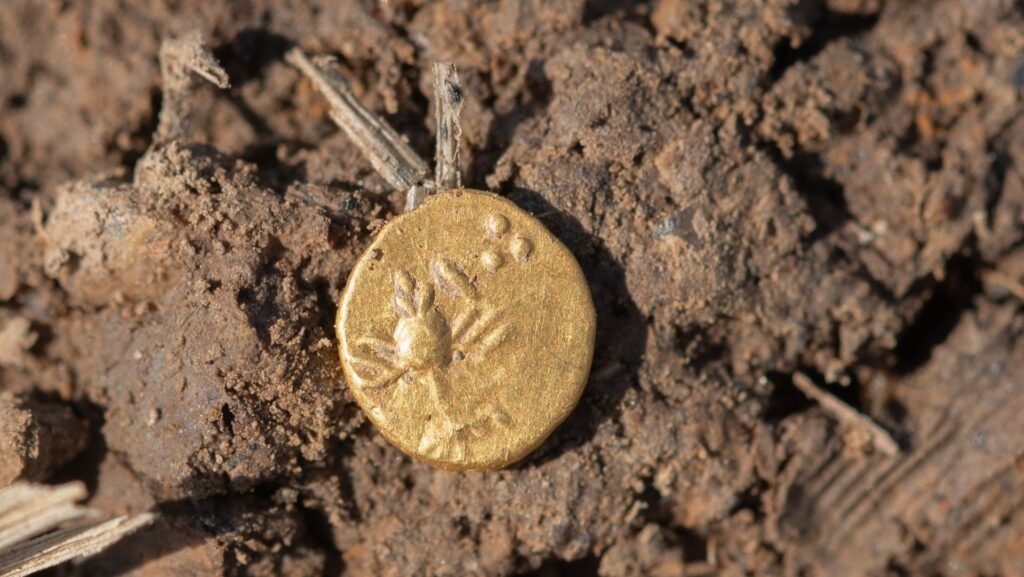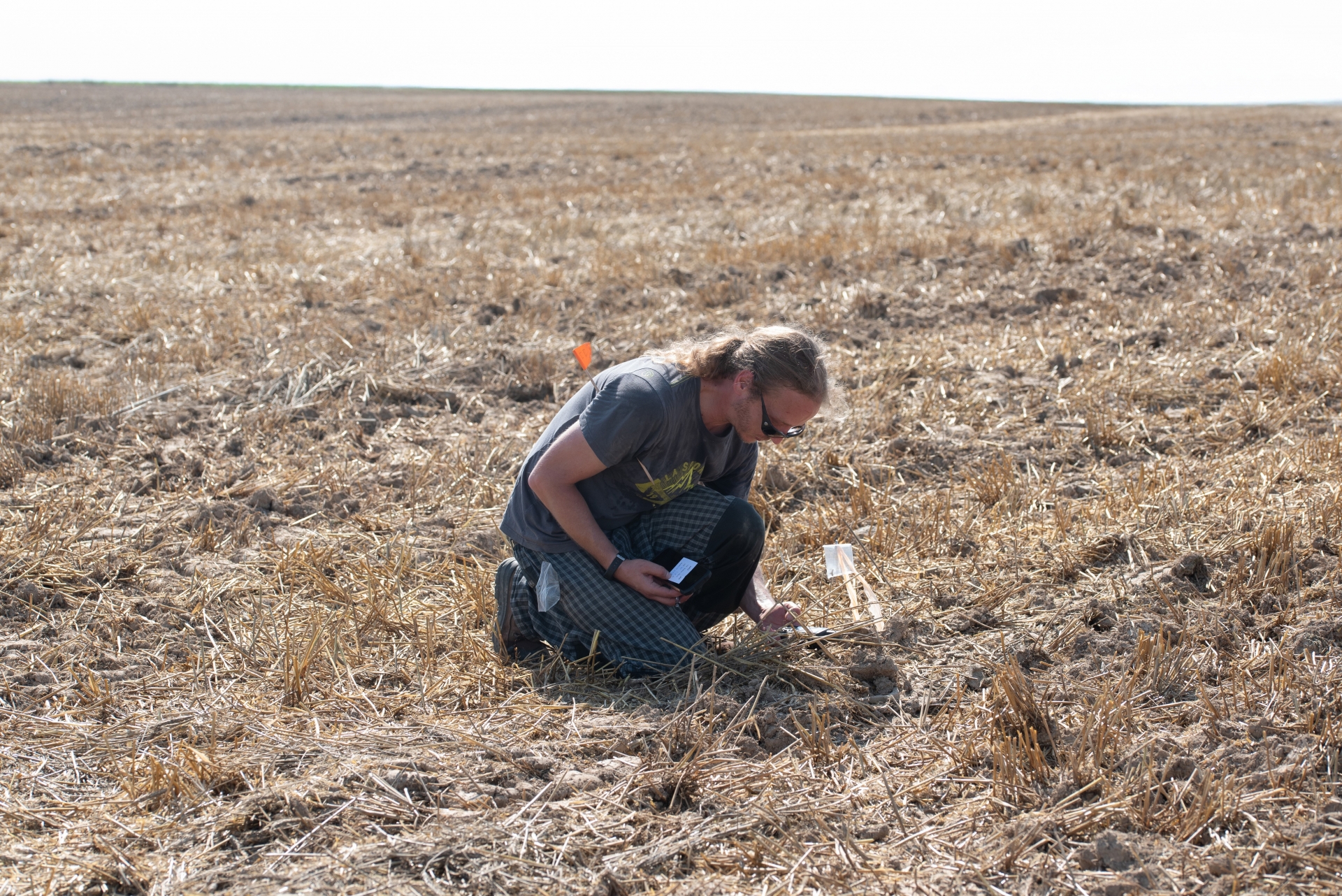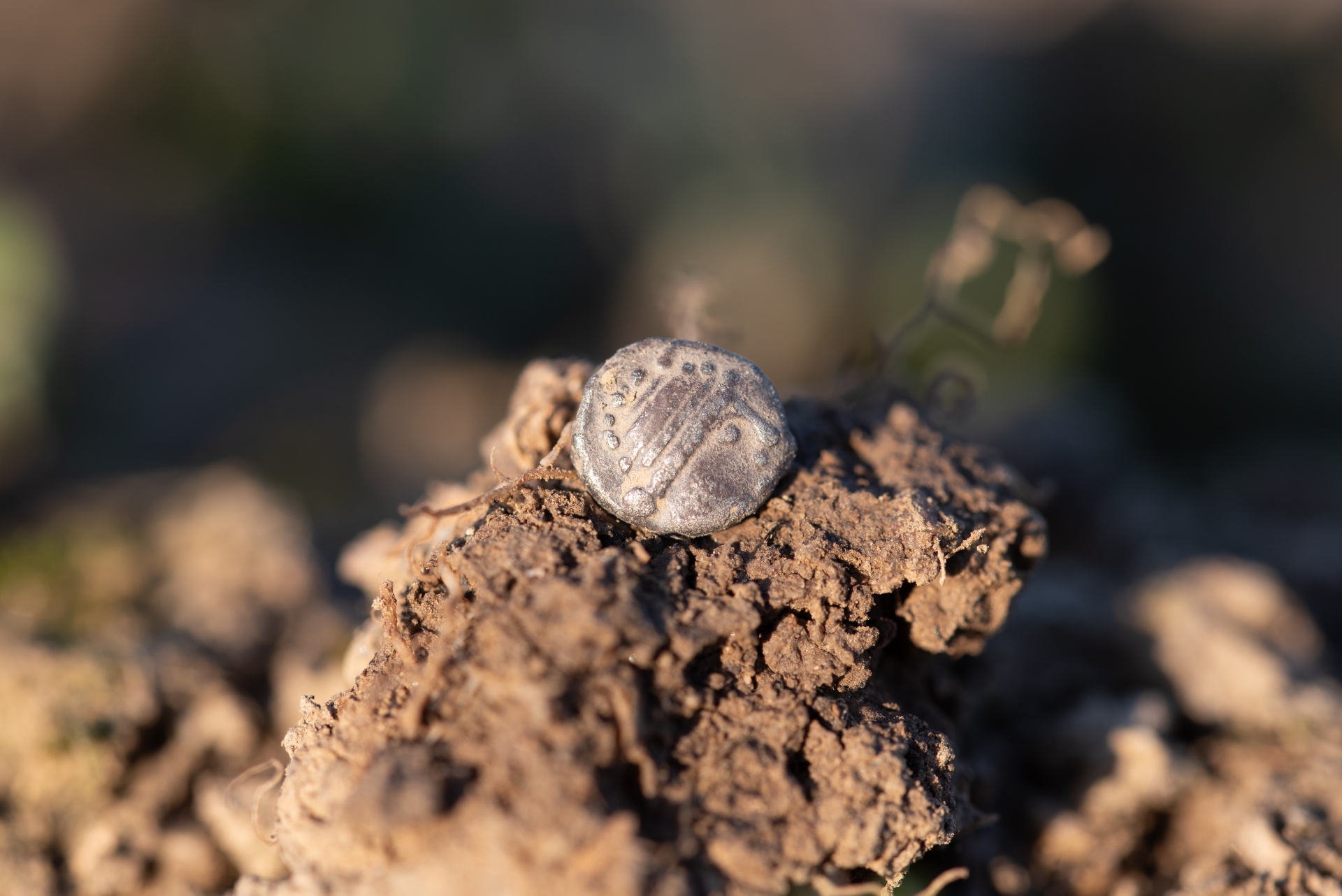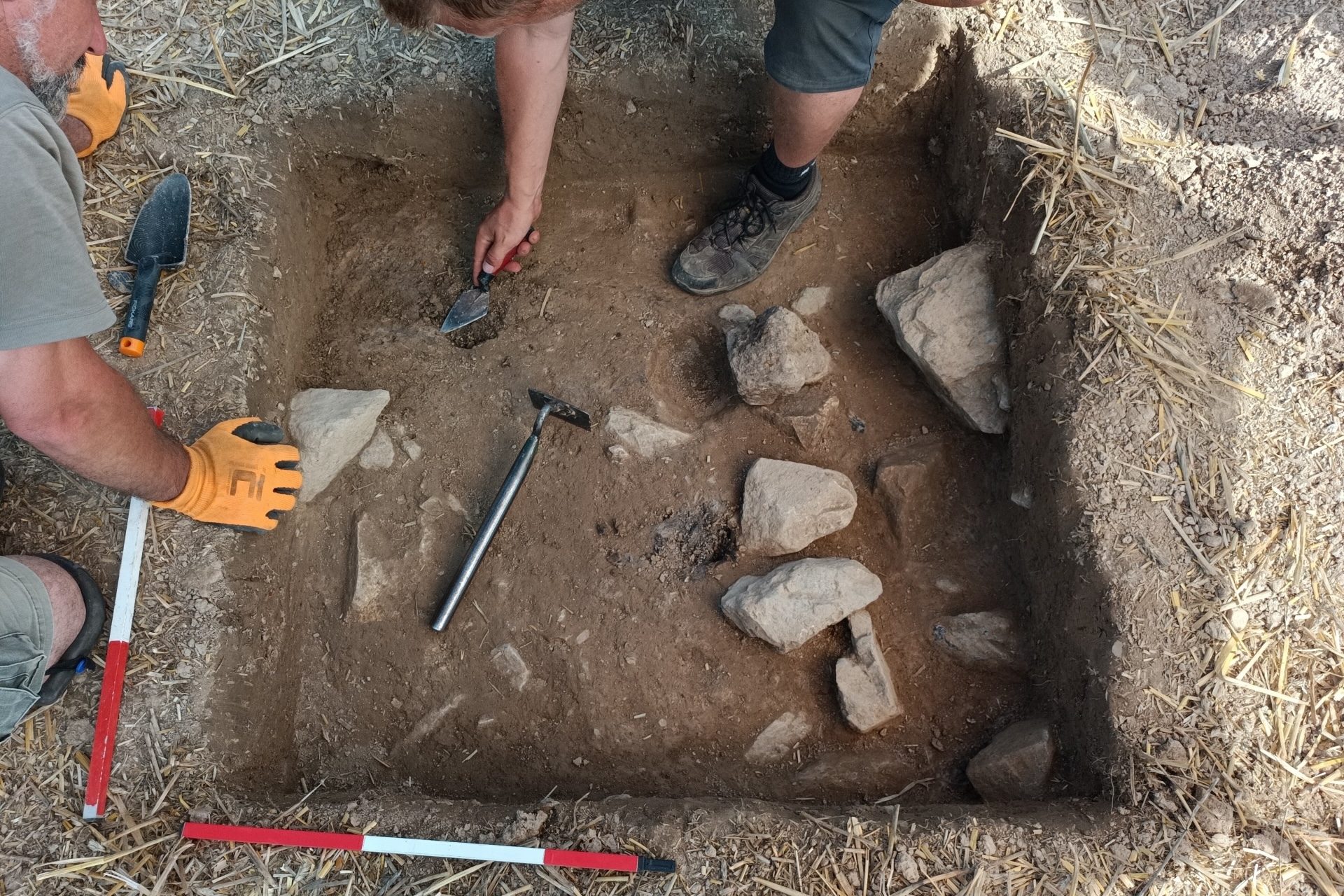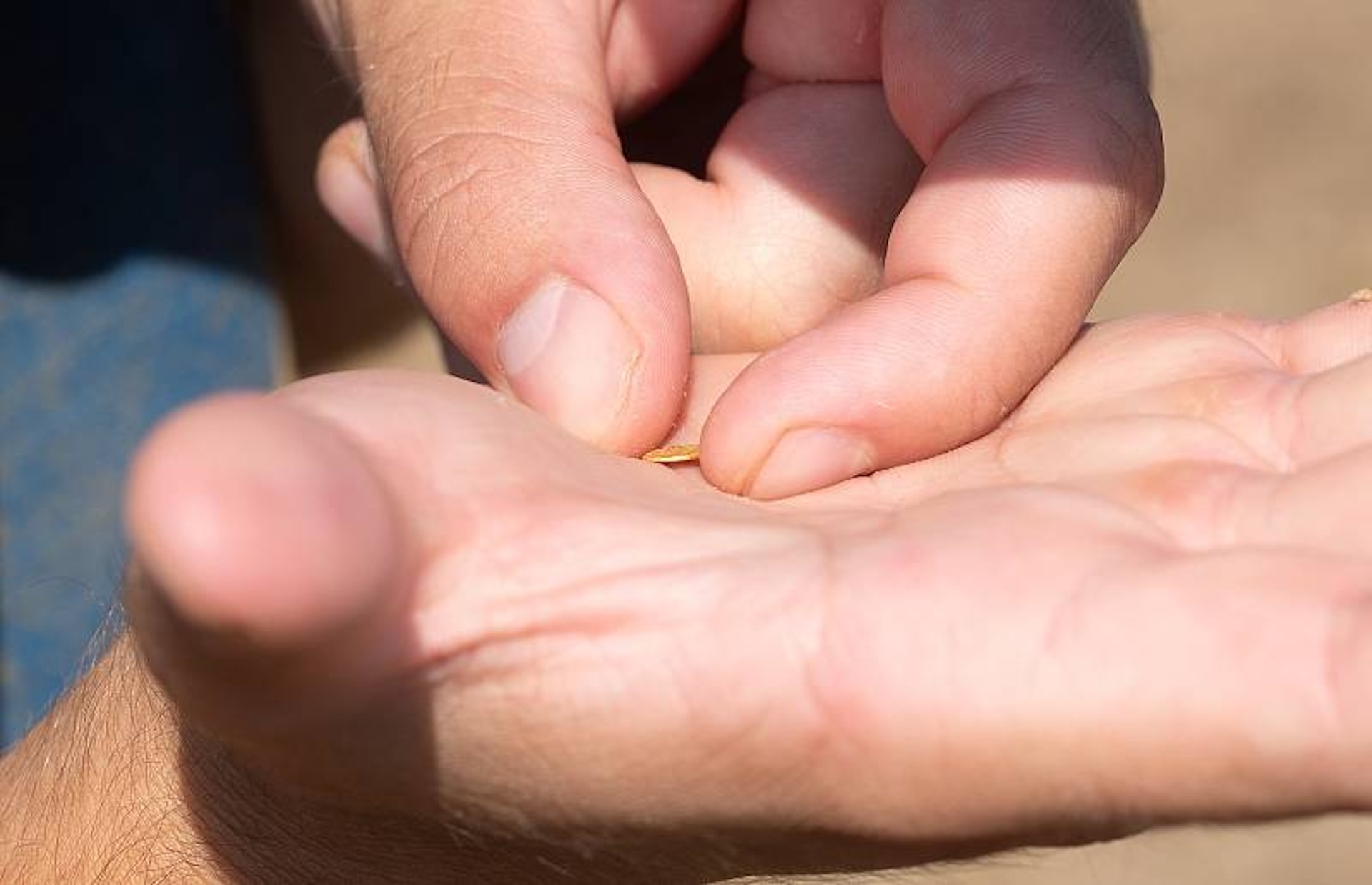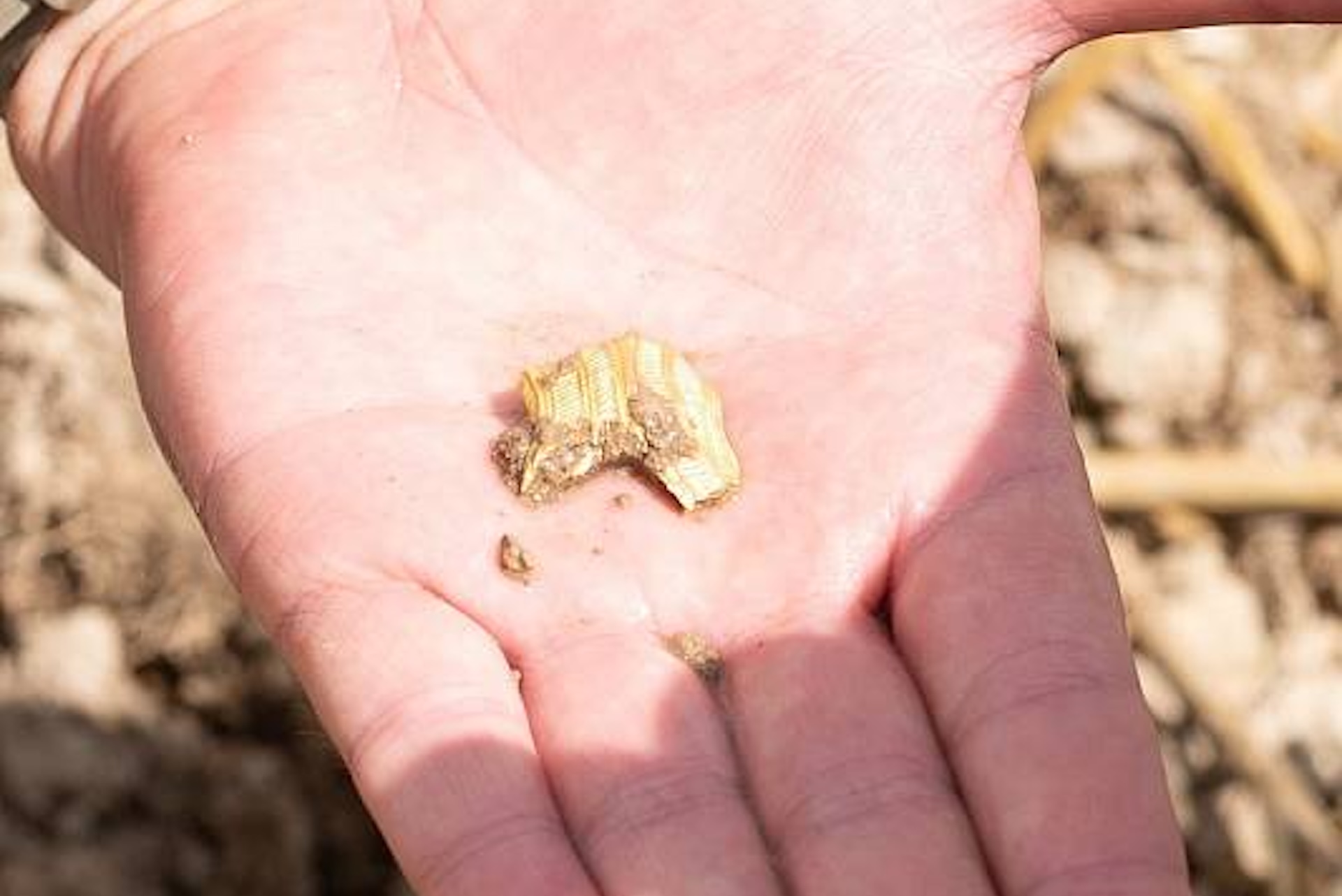Archaeologists in the Czech Republic have uncovered a treasure trove of coins, gold jewelry and other artifacts from the region’s Celtic era, some 2,500 years old.
The ancient artifacts were discovered during excavations carried out over the past five years at an undisclosed site in the Pilsen region of western Czech Republic, according to a translation of a local government statement.
“The main purpose of this project was primarily to preserve mobile archaeological finds that are immediately threatened by illegal prospectors, cultivation and natural influences,” Jan Masik, director of the Institute of Archeology of the Czech Academy of Sciences, said in a statement.
you may like
The exact location of the site, in the northern countryside of the Pilsen region, is being kept secret to prevent illegal searches with metal detectors, the statement said.
Photos from the site show archaeologists unearthing several small, elaborate gold and silver coins with animal-like depictions, as well as gold jewelry.
Several other metal objects were also found at the scene, including fragments of gold and silver ingots, bronze buckles, pins, bracelets, pendants and horse figurines, the team reported in a statement.
Some of the artifacts are now on display in a museum in the nearby Czech village of Marianska Tynice. The village was home to a prominent Cistercian abbey and was a Christian pilgrimage site from the Middle Ages until the 18th century.
unknown mint
Many of the newly discovered gold and silver coins come from previously unknown mints. Daniel Stranik, an archaeologist at the museum, said in a statement that the discovery calls into question current knowledge about Celtic coins from the region.
The statement said there was no evidence of Celtic settlement at the site, suggesting it may have been a seasonal market or fair. “It could be a site with…clearly seasonal characteristics of activity, during which people randomly lost small to very small objects, mainly coins,” David Danicek, an archaeologist at the Institute of Archeology of the Czech Academy of Sciences, said in a statement.
Markets and fairs can also explain the gold and silver ingot fragments found on site. “These may have played an independent role in the exchange, but they may also have been mined under the supervision (with the consent) of local rulers,” he said.
you may like
Only some of the excavated items are on display in the museum. “The most unique objects are kept in a secure location and will only be made public after a thorough expert evaluation of the entire study,” museum director Pavel Codera said in a statement.
Celts are thought to have lived only in the western reaches of ancient Europe, such as Ireland. However, excavations and historical records show that they sometimes spread across much of the continent, from the Iberian Peninsula to Anatolia to what is now the Czech Republic.
The first phase of this pan-European Celtic culture is known as the Hallstatt culture (ca. 1200-450 BC), and its culmination is recognized in France, Germany, and elsewhere as the La Tène culture (ca. 450-50 BC).
This is not the first Celtic treasure discovered in the Czech Republic. In July, archaeologists reported finding hundreds of coins and more than 1,000 pieces of jewelry at a 2,200-year-old Celtic settlement in the Bohemian region.
Celtic Quiz: Test your knowledge about these ferocious tribes once described by Julius Caesar
Source link

